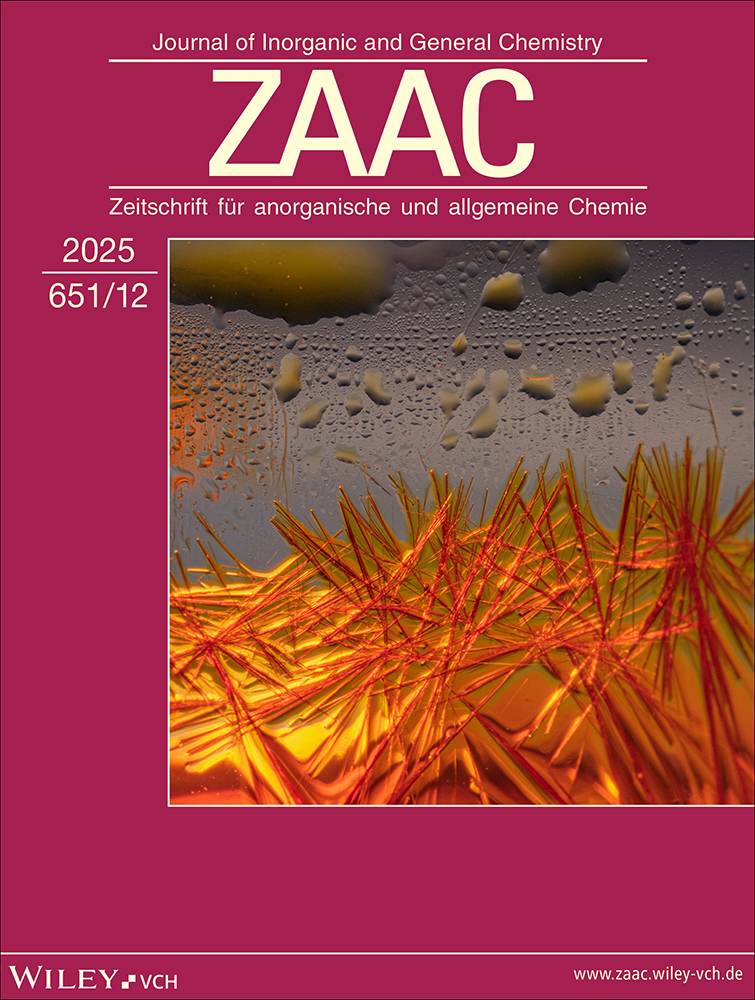Visible photocurrent spontaneously arising from d-electron excitation in n-type LaCrO3†
Dedicated to Professor Paul Hagenmuller on his 65th Birthday
Abstract
enThe photoelectrochemical properties of Ti-doped LaCrO3 anodes in aqueous electrolytes have been investigated. Unlike most n-type oxides absorbing in the visible no bias is required to generate a large photocurrent extending from the U.V. down to the near I.R. domain. However the holes photogenerated by visible light in the Cr3+: t valence band lie at higher energy than the OH−/O2 redox level and thus cannot easily oxydize OH− species. A schematic energy diagram has been proposed for the semiconducting anode.
valence band lie at higher energy than the OH−/O2 redox level and thus cannot easily oxydize OH− species. A schematic energy diagram has been proposed for the semiconducting anode.
Abstract
deSpontane Photoleitung im Sichtbaren durch d-Elektronenanregung im n-Typ-LaCrO3
Die photolektrochemischen Eigenschaften von Ti-dotierten LaCrO3-Anoden wurden in wäßrigen Elektrolyten untersucht. Im Gegensatz zu den meisten n-Typ-Oxiden, die im sichtbaren Spektrum absorbieren, wird keine Vorspannung benötigt um einen großen Photostrom im UV bis zum nahen IR zu erzeugen. Die durch sichtbares Licht erzeugten Löcher im Cr3+ :t Valenzband besitzen eine höhere Energie als das OH−/O2-Redoxpotential und können daher OH-Spezies nur schwer oxidieren. Ein Energieschema für die halbleitende Anode wird vorgeschlagen.
Valenzband besitzen eine höhere Energie als das OH−/O2-Redoxpotential und können daher OH-Spezies nur schwer oxidieren. Ein Energieschema für die halbleitende Anode wird vorgeschlagen.




